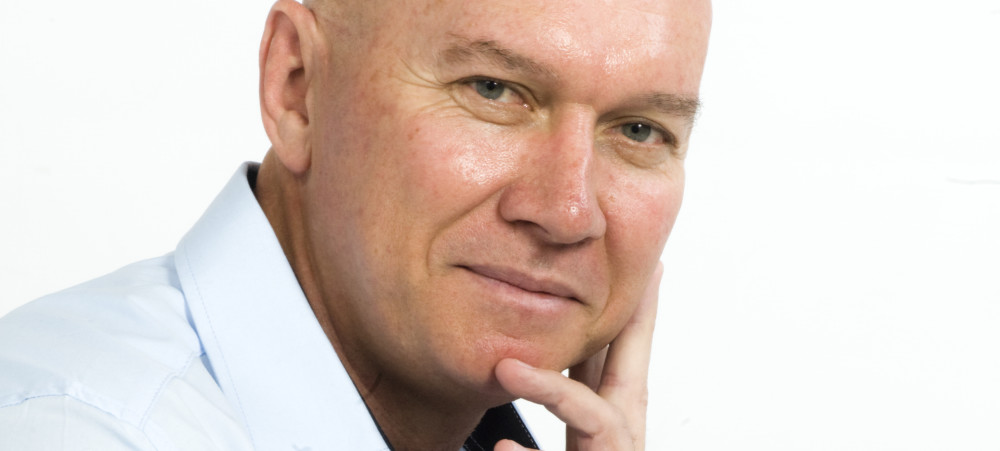When you have finally succumbed to the fact that you are over your head in debt and cannot cope any further. Here is a way forward which will help to soften the blow.
Step one – Open the envelope No use deferring the inevitable. Debt costs more in the long run. You need to honestly assess the extent of your indebtedness. If your debt repayments exceed your affordability even after squeezing as much as possible from your current expenses then you are probably over-indebted. You shouldn’t be spending more than 30% of your monthly income on debt. The average South African household is averaging 76%.
If you cannot repay the cost of the debt you should find help quickly. The problem won’t go away by itself. You need to take charge and get something going.
Sell off property and valuables. Covert what you can into cash and pay off as much of the debt as possible.
Step two – Face your creditors Contact your creditors and bring your situation to their attention. The lender would probably be better off compromising by extending the debt over a longer period and reducing the repayments. In some instances, arrangements can be made to service the interest only for a period. Whatever you do not apply for more credit!
Step three – If you still cannot manage then it’s time to contact a debt counsellor. They are regulated and comply with the regulations of the National Credit Act.
The application process
Here is an outline of the process provided by a Debt Counsellor.
Step 1 You Complete an application form and provide details of all your Credit Providers.(Consultations are usually done telephonically and by e-mail, but can also be done in person.)
Step 2
They determine whether you are over-indebted, in other words, do your monthly expenses exceed your monthly income? (You have to be over-indebted to qualify for Debt Review.)
Step 3
If you are over-indebted, they inform all your Credit Providers and the Credit Bureaus that you are under Debt Review. Your Credit Providers will also be requested to provide us with a Certificate of Balance (COB) in respect of your accounts.
(You will immediately start to pay a single provisional reduced monthly instalment in respect of all your Credit Providers which will be affordable to you. During the first 60 working days, legal action may not be taken against you in respect of the debts that are under review.)
Step 4
After receiving all the COBs, they will restructure your payment plan and negotiate with your Credit Providers where necessary. After negotiations with your Credit Providers, your new restructured payment plan will be sent to all your Credit Providers and this payment plan will take effect.
(Your restructured payment plan will reduce your monthly debt repayments to an affordable amount, leaving you with sufficient money for your living expenses.)
Step 5
They will instruct their specialist attorneys to apply in court in order to make your restructured payment plan a court order. You will not have to appear in court yourself, as your Debt Counsellor will be the applicant in the matter.
(The process will now be completed and you must ensure that your monthly payments are made timeously in order to prevent Credit Providers from taking action against you.)
